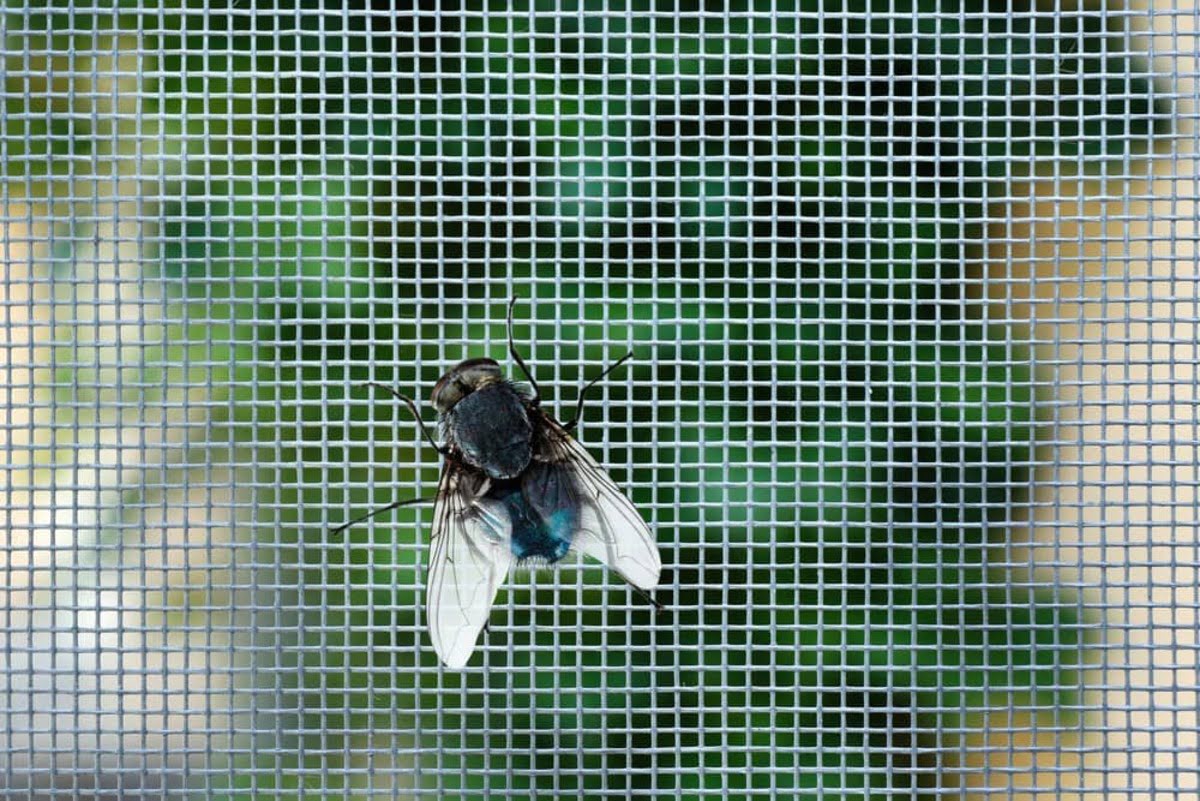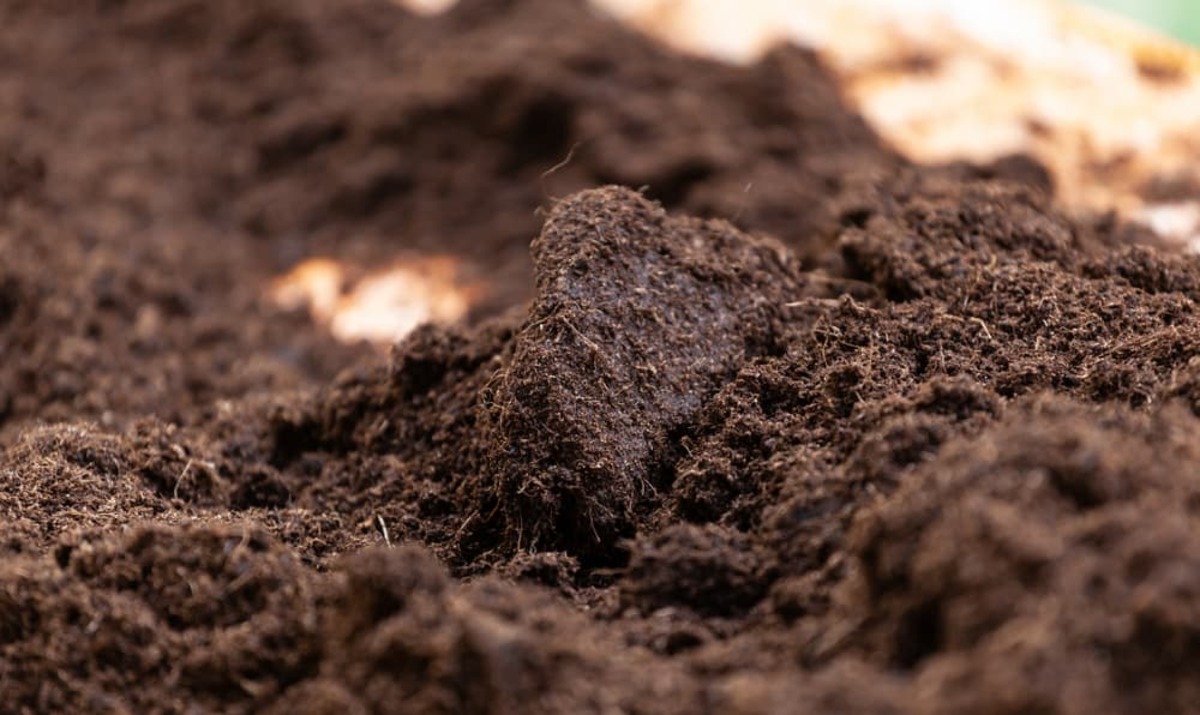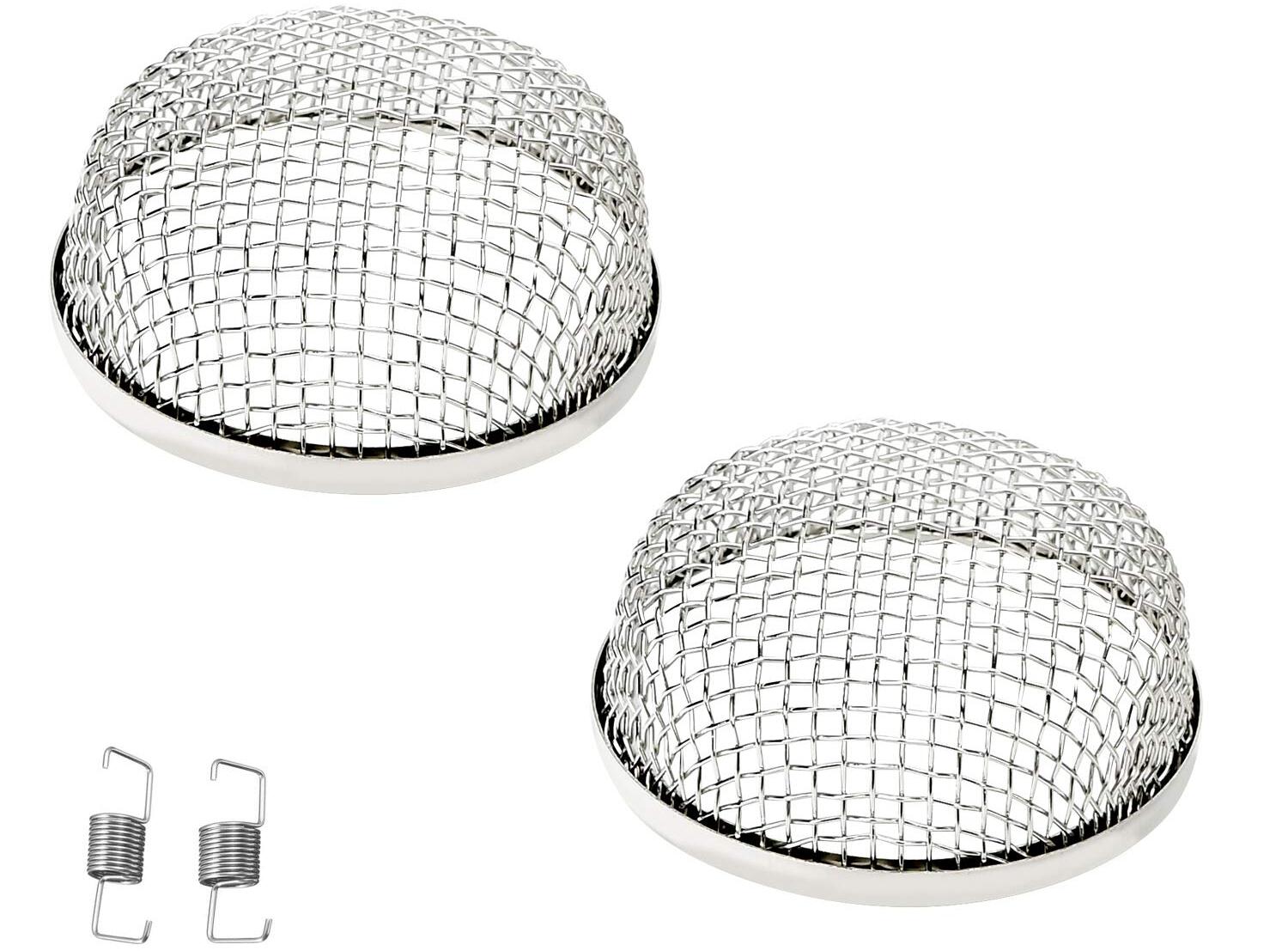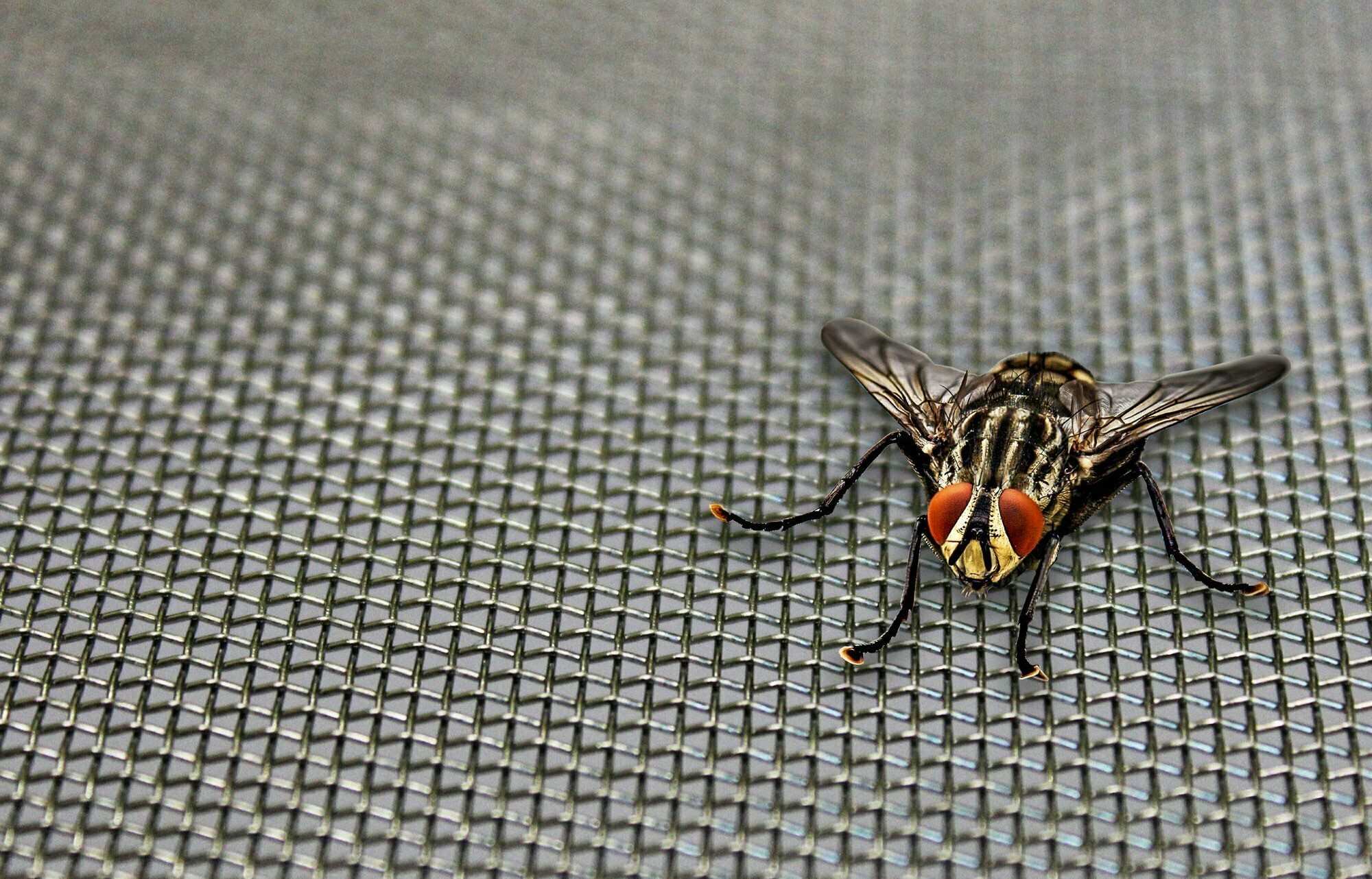Home>Gardening Basics>Understanding Soil>What Is Screened Topsoil
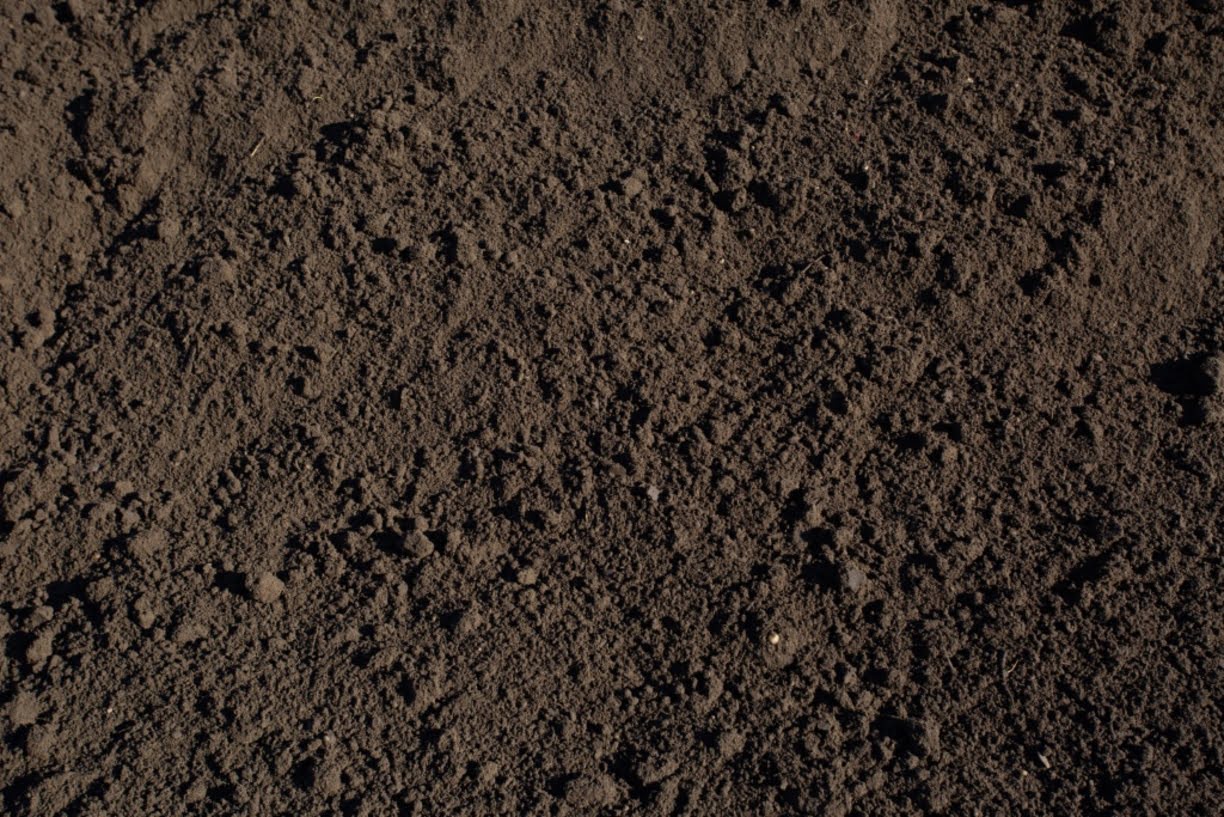

Understanding Soil
What Is Screened Topsoil
Published: November 20, 2023
Looking to understand soil better? Learn all about screened topsoil, its benefits, and how it can improve your gardening and landscaping projects.
(Many of the links in this article redirect to a specific reviewed product. Your purchase of these products through affiliate links helps to generate commission for Chicagolandgardening.com, at no extra cost. Learn more)
Table of Contents
Introduction
Welcome to the world of soil! Soil, the thin layer of earth’s surface, is vital to all life on our planet. It is the foundation upon which plants grow, providing nutrients, water, and support. Among the different types of soil, topsoil holds a special place due to its rich composition and ability to support plant growth. However, not all topsoil is created equal.
In the quest for healthier gardens, lawns, and landscapes, many garden enthusiasts and professionals turn to screened topsoil. Screened topsoil is a specially processed version of topsoil that undergoes a screening process to remove unwanted debris, rocks, and other impurities, resulting in a finer and more consistent product.
Screening topsoil involves the use of mesh screens or sieves to separate the larger particles from the smaller ones. This process ensures that the final product is of high quality and free from contaminants. The resulting screened topsoil is easier to work with, provides ideal drainage, and allows for better root penetration.
In this article, we will explore the definition, benefits, uses, and proper application of screened topsoil. Whether you are a gardening enthusiast looking to create a lush landscape or a professional landscaper seeking the best soil for your projects, understanding screened topsoil will undoubtedly help you achieve your goals. So, let’s dig deeper into the world of screened topsoil and uncover its secrets!
Definition of Screened Topsoil
Screened topsoil, as the name suggests, is topsoil that has undergone a screening process to remove unwanted materials and create a more refined product. Topsoil is the uppermost layer of soil, typically ranging from 2 to 8 inches deep, and it contains a blend of organic matter, minerals, and microorganisms that support plant growth.
During the screening process, topsoil is passed through a series of mesh screens, which act as filters to separate larger particles such as rocks, sticks, roots, and debris from the finer soil particles. The screens used for screening topsoil have different mesh sizes, allowing for various levels of refinement. The result is a screened topsoil that is free from large debris and has a consistent texture.
Screening topsoil offers several advantages. Firstly, it removes unwanted materials that can hinder plant growth and make it challenging to work with the soil. By eliminating rocks and debris, screened topsoil creates a smoother, more even surface that is easier to manipulate and plant in. This is especially beneficial for landscaping projects, gardening beds, and even athletic fields, where a level and debris-free surface are essential.
Additionally, the screening process helps to ensure a consistent texture and composition throughout the topsoil. This consistency allows for better water drainage, root development, and nutrient uptake by plants. It also reduces the risk of compaction, as the finer particles in screened topsoil have better air circulation, enabling roots to grow freely.
It’s important to note that screened topsoil may vary in terms of its composition and quality depending on the source and the specific screening process used. Different regions may have different types of topsoil, and variations in screening techniques can impact the final product. Therefore, it’s essential to choose screened topsoil from a reputable supplier to ensure its quality and suitability for your specific needs.
In the next section, we will dive into the process of screening topsoil to better understand how it transforms raw topsoil into a refined and improved soil product.
Process of Screening Topsoil
The process of screening topsoil involves several steps to remove unwanted debris, rocks, and other impurities. By undergoing this process, raw topsoil is transformed into a more refined and usable product. Let’s explore the key steps involved in the screening process:
- Collection and Preparation: The first step in screening topsoil is collecting the raw material. This typically involves sourcing topsoil from construction sites, agricultural areas, or specialized soil suppliers. Once collected, the topsoil is prepared for screening by removing large objects and breaking up any compacted clumps.
- Screening Equipment: The next step is to use appropriate screening equipment to separate the larger particles from the finer soil. Mesh screens or sieves with different opening sizes are utilized to achieve the desired level of refinement. The screens are typically fitted onto a vibrating platform or drum, which aids in the separation process.
- The Screening Process: The topsoil is loaded onto the screening equipment and agitated, causing the soil to move and pass through the mesh screens. The screens act as filters, allowing only particles of a certain size to pass through, while larger debris and rocks are retained on top of the screen. The screening process can be repeated with different screens of varying mesh sizes to refine the topsoil further.
- Collection and Disposal of Debris: As the topsoil passes through the screens, the unwanted debris, rocks, and large particles are collected in a separate container or pile. These materials are then either disposed of or repurposed for other purposes, depending on their condition and suitability.
- Final Product: Once the screening process is complete, the screened topsoil is ready for use. The result is a finer, more consistent soil that is easier to work with and provides optimal conditions for plant growth.
It’s worth noting that the screening process can be adjusted to tailor the final product to specific requirements. For certain applications, such as turf installation or seedling propagation, fine-screened topsoil may be preferred. On the other hand, coarser-screened topsoil may be suitable for projects that require drainage or aeration.
Understanding the process of screening topsoil helps in choosing the right type of screened topsoil for your specific needs. In the next section, we will explore the numerous benefits that screened topsoil offers over regular topsoil.
Benefits of Screened Topsoil
Screened topsoil offers several advantages over regular topsoil, making it a popular choice for gardening, landscaping, and construction projects. Let’s delve into the benefits of using screened topsoil:
- Improved Soil Quality: The screening process removes rocks, debris, and other unwanted materials, resulting in a more refined and consistent texture. This enhances the overall quality of the soil, providing a better environment for plant growth.
- Enhanced Drainage: Screened topsoil allows for optimal water drainage. The finer particles and absence of large debris facilitate the movement of water through the soil, preventing waterlogging and creating a healthy root environment.
- Reduced Risk of Compaction: The finer texture of screened topsoil promotes better air circulation within the soil. This helps to prevent compaction, allowing roots to penetrate easily and promoting healthy root growth.
- Improved Nutrient Availability: Screened topsoil typically contains a higher concentration of organic matter and essential nutrients. This provides an ideal growing medium for plants, ensuring they have access to the necessary elements for healthy development.
- Easier Planting and Maintenance: The absence of large rocks and debris in screened topsoil makes it easier to plant and maintain gardens, lawns, and landscapes. It reduces the time and effort required for site preparation, root penetration, and weed control.
- Consistency: Screened topsoil offers a consistent texture throughout the soil. This uniformity makes it easier to work with, ensuring even distribution of soil during planting and creating a visually appealing and level surface.
- Enhanced Aesthetics: The refined texture and improved quality of screened topsoil contribute to the visual appeal of gardens, lawns, and landscapes. It provides a clean and professional look that enhances the overall aesthetics of the area.
- Greater Plant Success: Due to its improved quality, drainage, and nutrient availability, screened topsoil plays a crucial role in promoting plant success. It provides an ideal foundation for plants to establish strong roots, grow vigorously, and thrive in various environments.
These benefits highlight the importance of utilizing screened topsoil in gardening and landscaping projects. However, it’s imperative to understand the appropriate uses of screened topsoil to maximize its advantages. In the next section, we will explore the various applications where screened topsoil can be used.
Uses of Screened Topsoil
Screened topsoil is a versatile soil amendment that finds its application in a wide range of projects. Its refined and improved quality makes it suitable for various uses in gardening, landscaping, and construction. Let’s explore some of the common uses of screened topsoil:
- Gardening Beds: Screened topsoil is an excellent choice for creating nutrient-rich raised beds or planting areas for growing vegetables, flowers, or herbs. Its enhanced texture and nutrient availability provide an optimal environment for plant growth and development.
- Lawn Preparation: Before laying sod or seeding a new lawn, it’s essential to prepare the soil properly. Screened topsoil can be spread over the existing soil to improve its quality, provide a level surface, and enhance the success rate of grass establishment.
- Landscaping: In landscaping projects, screened topsoil is used for planting trees, shrubs, and ornamental plants. It creates an ideal growing medium that promotes root development and helps establish healthy and vibrant vegetation.
- Athletic Fields: Screened topsoil is often used in the construction and maintenance of athletic fields, including baseball diamonds, soccer fields, and golf courses. Its consistent texture and improved drainage contribute to safe and playable surfaces for athletes.
- Backfilling: When filling holes, trenches, or excavated areas, screened topsoil provides a reliable material for backfilling. Its refined texture and lack of debris minimize settling and ensure a stable and compacted surface.
- Soil Amendments: Screened topsoil can be mixed with other soil amendments, such as compost, peat moss, or perlite, to create customized blends. This enriches the soil with organic matter, improves drainage, and enhances fertility for specific gardening needs.
- Erosion Control: In areas prone to erosion, screened topsoil can be used to stabilize the soil and prevent further erosion. Its fine texture helps bind soil particles together, reducing the risk of runoff and preserving the integrity of slopes or embankments.
- Container Gardens: For growing plants in containers or raised beds, screened topsoil provides a suitable growing medium. Its improved texture and nutrient content promote healthy root development in confined spaces.
These are just a few examples of the various uses of screened topsoil. Its versatility and ability to enhance soil quality make it a valuable resource in various gardening, landscaping, and construction projects.
While the benefits and uses of screened topsoil are substantial, it’s crucial to be aware of common mistakes to avoid when using this soil amendment, ensuring its effective and efficient application. Let’s explore these common mistakes in the next section.
Common Mistakes to Avoid When Using Screened Topsoil
When using screened topsoil in gardening, landscaping, or construction projects, it’s important to be aware of common mistakes that can negatively impact its effectiveness. By avoiding these mistakes, you can ensure the optimal performance of screened topsoil. Here are some common pitfalls to avoid:
- Insufficient Quantity: One common mistake is underestimating the quantity of screened topsoil needed for a project. It’s important to accurately measure and calculate the amount required to adequately cover the desired area or fill a specific volume.
- Inadequate Site Preparation: Failing to properly prepare the site before applying screened topsoil can lead to issues such as poor drainage, uneven surfaces, or improper root growth. Clear the area of any weeds, debris, or existing vegetation, and ensure the soil is loosened and leveled.
- Failure to Amend the Soil: Screened topsoil has its benefits, but it may not have all the necessary nutrients for optimal plant growth. It’s essential to assess the soil’s nutrient composition and amend it with organic matter or fertilizers as needed to provide a balanced growing medium.
- Improper Application Depth: The depth at which screened topsoil is applied can greatly impact plant growth. Applying too little topsoil may not provide enough nutrients for plants, while applying too much can cause waterlogging or suffocate the roots. Follow recommended guidelines for application depth based on the specific project or crop.
- Neglecting Moisture Management: Proper water management is crucial when working with screened topsoil. Failing to provide adequate irrigation or ensuring proper drainage can lead to over-saturation, nutrient leaching, or plant stress. Regularly monitor and adjust moisture levels according to the specific needs of the planted vegetation.
- Ignoring Soil pH: Different plants thrive in different soil pH levels. Neglecting to test and adjust the pH of the screened topsoil can negatively impact plant growth. Conduct a soil pH test and adjust accordingly using amendments or additives to create an optimal growing environment for your plants.
- Using Contaminated Topsoil: While the screening process removes large debris and rocks, it may not eliminate all contaminants. It’s important to source screened topsoil from reputable suppliers and ensure it is free from harmful chemicals, pesticides, or pollutants that can harm plants or the environment.
- Not Considering Soil Compatibility: Remember that screened topsoil may have different compositions and characteristics depending on its source. Consider the specific needs of the plants you intend to grow and choose screened topsoil that matches those requirements for optimal results.
Avoiding these common mistakes will help you get the most out of your screened topsoil and ensure the success of your gardening or landscaping endeavors. With proper care and attention, screened topsoil can provide an excellent foundation for thriving plants and beautiful landscapes.
Now that we have explored the mistakes to avoid, let’s move on to understanding how to choose and purchase high-quality screened topsoil.
How to Choose and Purchase Screened Topsoil
Choosing and purchasing high-quality screened topsoil is crucial to ensure the success of your gardening, landscaping, or construction projects. Here are some factors to consider when selecting and buying screened topsoil:
- Source and Supplier: Research and select a reputable supplier who sources their topsoil from reliable locations. A trustworthy supplier will have stringent screening processes in place and can provide information about the soil source and its composition.
- Quality Control: Inquire about the supplier”s quality control measures to ensure that their screened topsoil meets industry standards. Ask if they conduct regular testing and analysis to assess the soil’s nutrient content and potential contaminants.
- Particle Size: Consider the desired particle size of the screened topsoil based on your specific project needs. Fine-screened topsoil is suitable for smaller plants, seeding, or container gardening, while coarser-screened topsoil may be ideal for projects that require drainage or aeration.
- Soil Composition: Learn about the composition of the screened topsoil, including its organic matter content, nutrient levels, and pH. These factors are essential to ensure the compatibility of the topsoil with the plants you intend to grow.
- Customer Reviews and Recommendations: Check for customer reviews and recommendations to gauge the quality and performance of the supplier’s screened topsoil. Positive feedback and recommendations from other customers can provide valuable insights into the product’s reliability.
- Delivery and Quantity: Determine the delivery options available and assess whether the supplier can accommodate your desired quantity. Check if there are any minimum order requirements and ensure that the supplier can deliver the screened topsoil to your location.
- Cost Considerations: While price is a significant factor, it should not be the sole determining factor. Consider the quality, composition, and reputation of the supplier when assessing the cost-effectiveness of the screened topsoil.
- Ask for Samples: If possible, request a sample of the screened topsoil before making a large purchase. This allows you to physically assess its texture, consistency, and quality, helping you make a more informed decision about its suitability for your project.
By considering these factors and conducting thorough research, you can choose and purchase screened topsoil that meets your specific requirements. Remember that the quality of the topsoil will greatly influence the success of your project, so investing in a reliable and reputable supplier is well worth it.
Now that you know how to choose and purchase screened topsoil, let’s move on to understanding the proper application and maintenance of this valuable soil amendment.
Proper Application and Maintenance of Screened Topsoil
Properly applying and maintaining screened topsoil is essential to ensure its effectiveness and longevity in gardening, landscaping, or construction projects. Follow these guidelines for the optimal application and maintenance of screened topsoil:
- Site Preparation: Before applying screened topsoil, prepare the site by removing existing vegetation, weeds, rocks, and debris. Level the area and ensure proper drainage to prevent waterlogging.
- Application Depth: The recommended application depth of screened topsoil varies depending on the specific project. Generally, a layer of 4-6 inches is sufficient for planting beds and gardens. For lawn establishment, a depth of 1-2 inches is recommended.
- Amending the Soil: Assess the nutrient content and pH of the screened topsoil. If necessary, amend the soil with organic matter, compost, or fertilizers to provide the appropriate nutrients for optimal plant growth.
- Planting and Seeding: Follow the recommended planting guidelines for the specific plants or seeds being used. Ensure proper spacing and depth for planting to promote healthy root development in the screened topsoil.
- Watering: After planting, provide adequate irrigation to ensure the screened topsoil is moist but not saturated. Avoid overwatering, as it can lead to waterlogging and nutrient leaching. Monitor the moisture levels regularly and adjust watering as needed based on weather conditions.
- Weed Control: Implement effective weed control measures to prevent weed growth in the screened topsoil. Apply mulch or use appropriate herbicides under professional guidance to minimize weed competition and maintain a clean planting area.
- Maintaining Nutrient Levels: Regularly assess the nutrient levels in the screened topsoil and replenish them as necessary. Conduct soil tests periodically to monitor the pH and nutrient content, making amendments accordingly to sustain healthy plant growth.
- Protecting Against Erosion: If erosion is a concern, consider using erosion control measures, such as mulching, planting erosion-resistant grasses, or installing retaining walls to protect the screened topsoil and prevent soil loss.
- Monitoring and Adjusting: Continuously monitor the screened topsoil and the growth of your plants. Adjust watering, fertilization, and maintenance practices as needed to ensure the optimal health and vitality of your plants.
- Regular Maintenance: Incorporate regular maintenance practices such as pruning, fertilizing, and aerating the soil to promote the long-term sustainability of your plants and the screened topsoil. Consider professional guidance for specialized maintenance requirements.
- Preventing Soil Compaction: Avoid excessive foot traffic or heavy machinery on areas with screened topsoil to prevent compaction. Compacted soil can restrict root growth and hinder water and nutrient absorption.
By following these guidelines, you can ensure the proper application and maintenance of screened topsoil, creating an optimal environment for plant growth and achieving successful results in your gardening or landscaping project.
Now that you have learned about the proper application and maintenance of screened topsoil, you are equipped with the knowledge to make the most of this valuable soil amendment. Let your plants thrive and your landscapes flourish with the help of screened topsoil!
Conclusion
Screened topsoil is a valuable resource in gardening, landscaping, and construction projects. Its refined texture, improved drainage, and enhanced nutrient availability make it an excellent choice for creating healthy and vibrant plants and landscapes. By understanding the benefits, proper application, and maintenance of screened topsoil, you can maximize its effectiveness and achieve successful results in your projects.
We explored the definition of screened topsoil and the process by which it is created through screening. The removal of unwanted debris and the refinement of texture provide numerous advantages over regular topsoil. Screened topsoil offers improved soil quality, enhanced drainage, reduced risk of compaction, and greater nutrient availability for plants to thrive.
We also discussed the various uses of screened topsoil, including gardening beds, lawn preparation, landscaping, and erosion control. Its versatility makes it suitable for a wide range of applications and projects, providing an ideal growing medium for different types of vegetation.
To ensure the optimal performance of screened topsoil, we highlighted common mistakes to avoid when using it, such as insufficient quantity, improper site preparation, neglecting soil amendments, and ignoring moisture management. By taking these factors into account, you can ensure the success of your project and the longevity of the screened topsoil.
Finally, we covered how to choose and purchase high-quality screened topsoil from reputable suppliers. Factors like source and supplier reputation, quality control, particle size, soil composition, customer reviews, and cost considerations are crucial in making an informed decision.
By properly applying and maintaining screened topsoil, including site preparation, appropriate depth, soil amendments, watering, weed control, and regular maintenance, you can create an optimal environment for plant growth and sustain healthy and thriving vegetation.
Now armed with a comprehensive understanding of screened topsoil and its many benefits, uses, and application methods, you are ready to embark on your gardening, landscaping, or construction projects with confidence. Utilize screened topsoil to transform your landscapes, nurture your plants, and create a flourishing environment that will leave a lasting impact.
